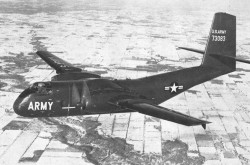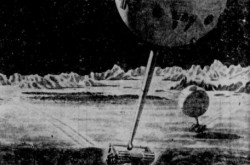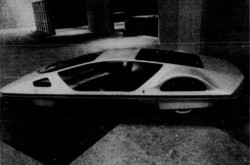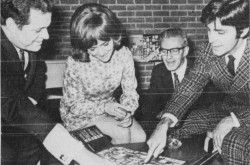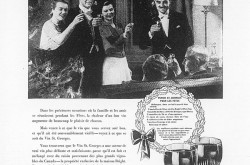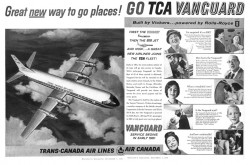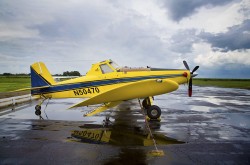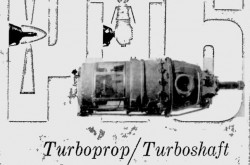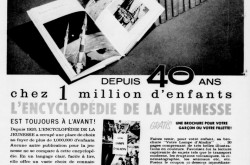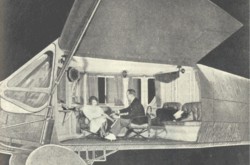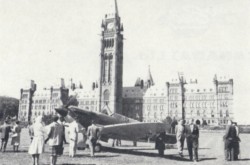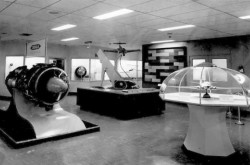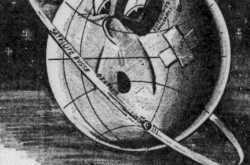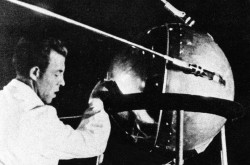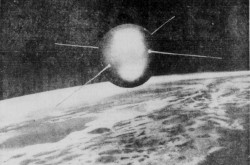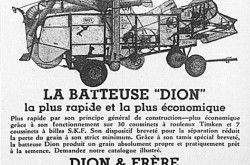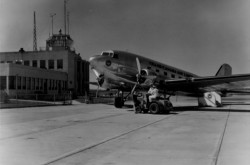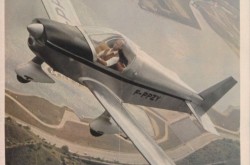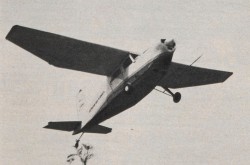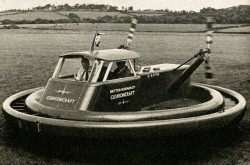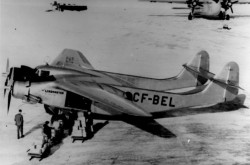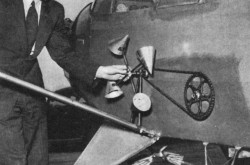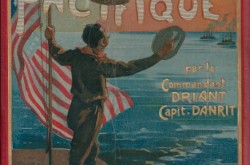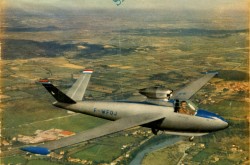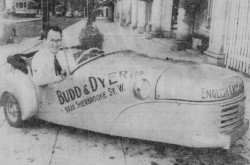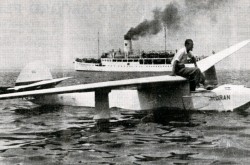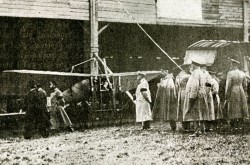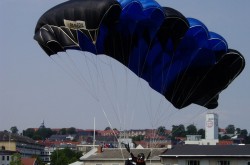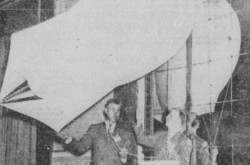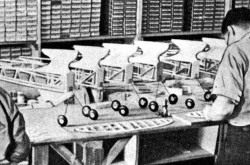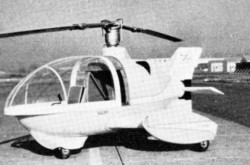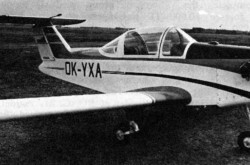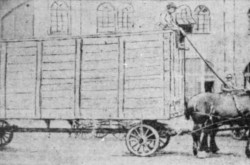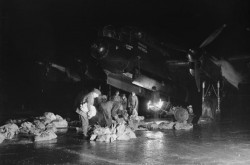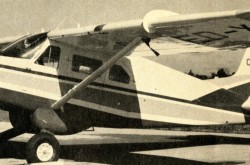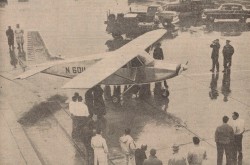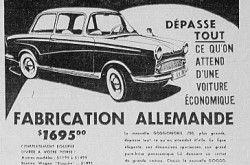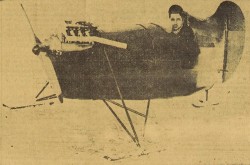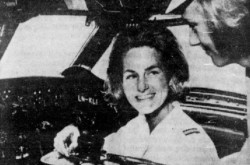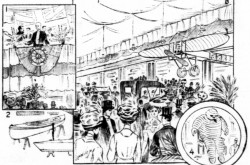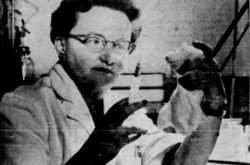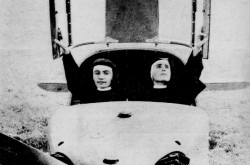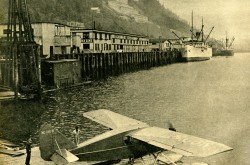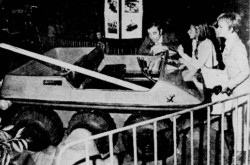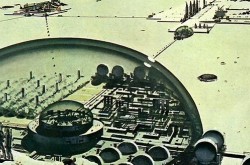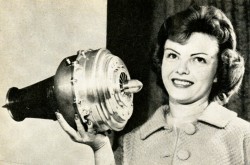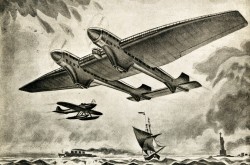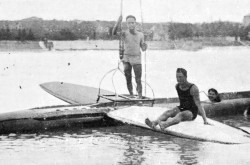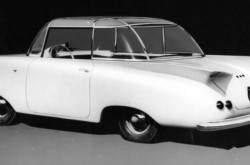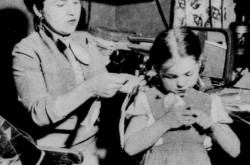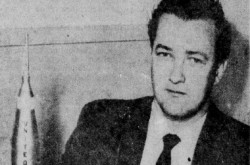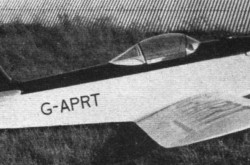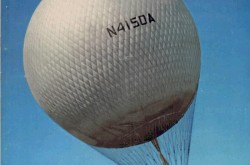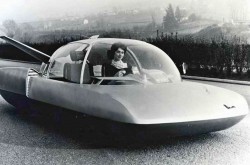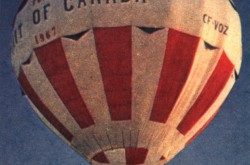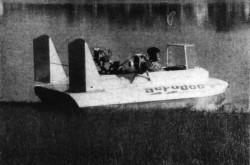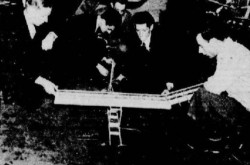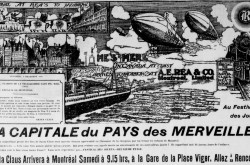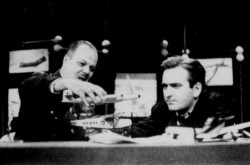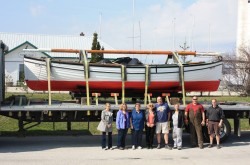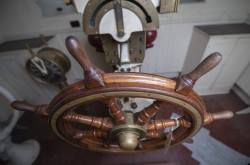Bournemouth, Scarborough, ooh I want to take you. Great Yarmouth, Lyme Regis, come on my reading friend: The Vincent Amanda, the almost forgotten ancestor of today’s personal watercrafts

Hej, hej, hur mår du? Yours truly is please to see (read?) that you are reasonably well, my reading friend. I too am reasonably well. (Hello, MM!) One could argue that my old bones would feel a tad better if the federal, provincial and territorial governments of Canada got with the program and celebrated International Workers’ Day, or Labour Day, on May 1st, rather than on the first Monday of September but let us not dwell. We, after all, have an intriguing topic on our plate. Our weekly encounter with science, technology and innovation beckons.
Still, solidarity forever, for the union makes us strong!
Before I forget, Teknikens Värld was / is a popular technology bimonthly magazine published in Sweden since 1948, but back to our story
I know that this may come as a shock to you, but Quebecker Joseph-Armand Bombardier did not invent the snowmobile. Nay. He did not. Open vehicles fitted with skis at the front and an endless belt at the rear and able to carry 1 or 2 Homo sapiens over snow and ice existed before 1959, and the introduction of the Ski-Dog. Yes, dog. The name of the vehicle changed early on, to Ski-Doo, but no one seems to know why or how, but I digress.
I also know that you will be shocked to learn that Bombardier Incorporée of Valcourt, Québec, did not invent the personal watercraft. Re-nay. It did not. One, if not two types of open vehicles able to carry 1 or 2 Homo sapiens over water existed before 1968, and the introduction of the Sea-Doo, a personal watercraft based on ideas developed by a Norwegian American inventor and motocross racing pilot, Clayton Jacobson II, who was / is commonly deemed to be the inventor of the modern personal watercraft.
Eager as you are to bulk up on your command of thoroughly useless information, like a certain 6-year-old named Calvin that we all miss so much, please join me down the blue brickless road which opens before us. The time and place were the early to mid 1950s, and the United Kingdom.
The early to mid 1950s were not a fun time for the inhabitants of that country. The average person was quite poor, the country was all but broke and rationing of certain items (candy, chocolate, meat and sugar for example) ended only in 1953-54.
What was a manufacturer of stonking big and expensive motorcycles like Vincent Engineers (Stevenage) Limited to do? Around 1954, this battered giant found itself forced to sell mopeds imported from West German, for one thing. It also manufactured a small number of these cheap vehicles under licence. NSU Werke Aktiengesellschaft, a firm mentioned in a March 2022 issue of our blog / bulletin / thingee, soon realised that taking control of its own sales in the United Kingdom was far more profitable, however. It did so around 1955 – the year Vincent Engineers (Stevenage) delivered its last motorcycle.
And yes, not too long before, the firm was the proud maker of the fastest production motorcycle in the world, the Vincent Black Shadow (299 kilometres/hour (186 miles/hour) in 1956!?). How the mighty had fallen…
And yes, again, the Canada Science and Technology Museum, in Ottawa, Ontario, a sister / brother institution of the internationally-known Canada Aviation and Space Museum, in Ottawa, has in its collection a Vincent Rapide motorcycle. And you are the one taking us away from the path to enlightenment, my reading friend. Let us return to it forthwith.
Grasping at straws, Vincent Engineers (Stevenage) put its eggs in the production of small if not very small industrial / commercial engines which might not have been all that successful. Would you believe that some of these powerplants provided the oomph for an innovative but unsuccessful English lawn mower, the Farmfitters Rapier?
Vincent Engineers (Stevenage) also tried to sell its very small industrial / commercial engines to a well-known English maker of lawnmowers. The answer made by Atlas Chain Company’s management was a polite thanks but no thanks. The engines the firm was using were cheaper. They were also less durable than Vincent Engineers (Stevenage)’s powerplants, which may, I repeat may, have been what Atlas Chain wanted. You see, the faster the engines of its lawnmowers wore out, the more lawnmowers the firm would sell. Is capitalism not wonderful?
By the way, did you know that the first mass-produced gasoline-engine powered lawn mower on planet Earth was introduced by Atlas Chain in 1921? The Atco Standard, as it was called, initially cost the paltry sum of 75 £, a paltry sum equivalent to approximately $ 6 400 in 2022 currency.
Some of the small if not very small industrial / commercial engines produced by Vincent Engineers (Stevenage) also provided the oomph for what may well be the first personal watercraft on planet Earth, the Vincent Amanda – the vehicle at the heart or core of this issue of our shattering blog / bulletin / thingee.
Mind you, the idea for this vehicle had apparently originated within a small team of engineers at an equally small English firm, Aero Marine Sales Limited. These individuals may well have played a significant role in the design and development of the Amanda.
And yes, the name given to our endangered lifeboat, Earth, which is endangered thanks to our own idiocy mind you, is a tad odd given that close to 71 % of its surface is covered with water, but I digress.
When it came out, in 1956, the Amanda was a pretty revolutionary vehicle, very similar in appearance to a 21st century personal watercraft. Light, easily transportable and economical on fuel, it was virtually unsinkable and almost impossible to capsize. One or two people, either adults and / or non adults, could ride on its lightweight and brightly coloured monocoque structure made from reinforced fibreglass. The driver easily started her or his mount with a starter similar to that of a lawnmower and easily controlled it using handlebars. If she / he slid off and fell in the water, the Amanda automatically circled back to allow her / him to climb back on. It should be noted that the Amanda’s small propeller did not appear to be fitted with a guard to prevent grievous injury.
All in all, the Amanda was really cool.
Incidentally, Vincent Engineers (Stevenage) may, I repeat may, have commercialised the Amanda in consort with Gilbert J. McCaul & Company Limited, a major English… food broker. And no, if that factoid is indeed correct, yours truly cannot fathom why a food broker would be interested in commercialising a personal watercraft.
Would you be interested in watching a 1956 video which looks and sounds a bit off-colour to 2022 eyes and ears? Well, there it is…
The young women seen in the video were employees of the Windmill Theatre of London, England, a variety / review theatre well known for its, err, nude female dancers.
As was mentioned in the video, two of these young women did cross the English Channel, in September 1956. Mechanical problems plagued the two Amandas they used. Indeed, it looked as if both young women rode on one Amanda while the other was repaired aboard the motor launch which accompanied them, for safety reasons. When the engine of the workable Amanda gave out, its now workable sibling replaced it while repairs began on the other one. And so it went for the 5 hours needed to cover the 50 or so kilometres (slightly more than 30 miles) between Dover, England, and Calais, France.
By late 1957, things were looking up for Vincent Engineers (Stevenage) and the Amanda. You see, the English firm had seemingly signed a lucrative contract, seemingly for 5 000 examples of the most powerful version of the Amanda, with Arnolt Corporation, a diversified American firm with interests in the aircraft, automotive, furniture and marine industries. These personal watercrafts were seemingly to be built in an English factory recently completed by Vincent Engineers (Stevenage).
The engine of the high-power version of the Amanda had seemingly been developed inhouse, to power a new type of airdropped lifeboat which may or may not have gone into production.
Developed and introduced by the Royal Air Force and United States Army Air Forces during the Second World War, airborne lifeboats were specially designed powered lifeboats which were carried by large aircraft and dropped by parachute in mid-ocean, within reach of the survivors of a disaster. Airborne lifeboats were taken out of service around the mid-1950s, but back to our story.
Like the lead singer of the very popular 1980s American new wave band Talking Heads, you may ask yourself if, thanks to the Amanda, Vincent Engineers (Stevenage) was able to get back on its feet, err, wheels. Well, let us see.
You may wish to remember what was said (typed?) earlier about the United Kingdom. The early to mid 1950s were not a fun time for the inhabitants of that country. The average person was quite poor, the country wall but broke and rationing of certain items (candy, chocolate, meat and sugar for example) ended only in 1953-54.
In such a country, whose weather was a tiny bit different from that of California or Florida or Texas, let us not forget, what do you think were the chances of success of a purely recreational personal watercraft which cost £ 140, or about $ 5 150 in 2022 currency? Incidentally, in certain locations in the United States, like Texas and California for example, an Amanda sold for a similar sum of money, if not more, but I digress.
There was also the slightly annoying possibility that your Amanda might sink at its moorings, at a lake or the seashore, if planet Earth’s star managed to punch its way for any length of time through the clouds defending the British Isles. Yes, yes, sink. You see, fibreglass technology was still in its infancy in the mid 1950s. Engineers still had a lot to learn about this new and amazing material. The sad truth was that the hull of the Amanda was known to warp and distort like you would not believe when exposed to direct sunlight for long periods of time. And you do know how much sunshine there is California, Florida and Texas during summer, now do you not?
Mind you, the hot exhaust coming out of the engine of the most powerful version of the Amanda contributed to the structural integrity issue. An exhaust trunking solved that particular problem but the damage to the reputation of the English personal watercraft had already suffered a fair amount of damage.
This was by no means the only heavy blow that Vincent Engineers (Stevenage) had to face. On a bitterly cold day in January 1958, a development engineer went out alone despite the admonitions of colleagues who thought the waters of the Channel were too rough. John Penn’s Amanda washed ashore some hours later, in fine working condition. The body of the young Australian was only found in May. Might the English personal watercraft be a dangerous vehicle, some wondered?
A further heavy blow had hit in February 1958. A group of motor trade people which included the small team of engineers from the aforementioned Aero Marine Sales was on its way to Manchester, England, to visit a battery factory as well as an automobile show when their aircraft hit a hill in the middle of a severe snow storm. Thirty five of the forty or so passengers and crew members died, including every member of the Aero Marine Sales team.
This twin heavy blow, coupled with the ongoing problems with the fibreglass hull of the Amanda, proved devastating.
For some reason or other, sun-caused sinkings, overstocking, or overstocking caused by sun-caused sinkings, at least one merchant in Texas was selling an Amanda worth $ 395 for half that amount in July 1959, with a $ 20 down payment and $ 10 a month after that.
Only a few thousand Amandas left a Vincent Engineers (Stevenage) facility before production came to a stop. It looks as if 2 000 or so Amandas were exported to countries like Australia and, especially, the United States. Indeed, most Amandas were probably acquired by American customers.
Vincent Engineers (Stevenage) went into receivership in 1959. Several firms acquired its name and motorcycle component manufacturing rights over the following years and decades.
The few surviving Amandas are now collector’s items.
And no, yours truly does not know why the Amanda was called the Amanda.
And no again, the power ballad Amanda by American rock band Boston, released in 1986, 6 or so years after it was recorded, can in no way be connected to the Amanda.
Enjoying the Ingenium Channel? Help us improve your experience with a short survey!


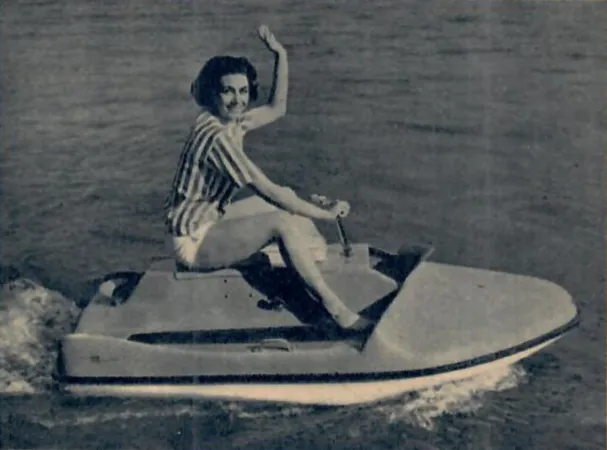












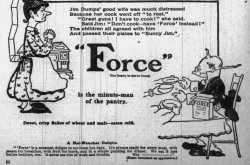

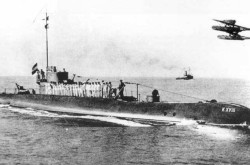
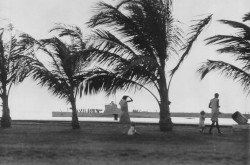
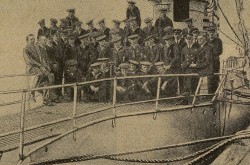
![A block of photographs showing some of the people involved in the bombing of beluga whales in the estuary and gulf of the St. Lawrence River. Anon., “La chasse aux marsouins [sic]. » Le Devoir, 15 August 1929, 6.](/sites/default/files/styles/thumbnail_7/public/2024-09/Le%20Devoir%2015%20aout%201929%20page%206.jpg?h=584f1d27&itok=TppdLItg)
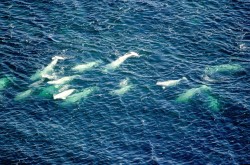
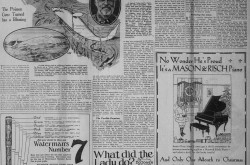
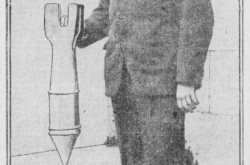
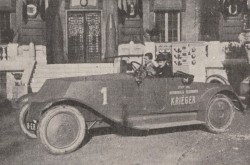
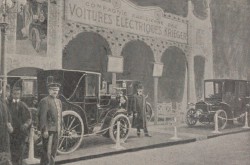
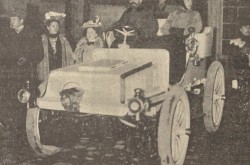
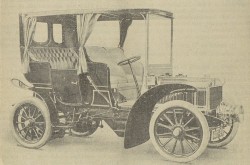


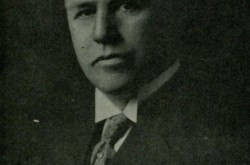
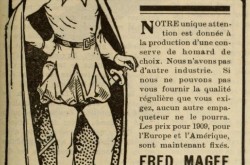

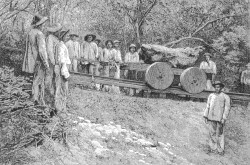
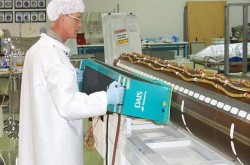
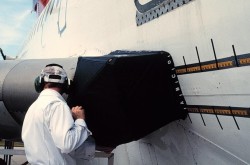
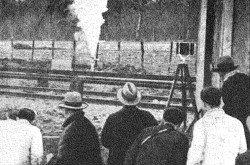
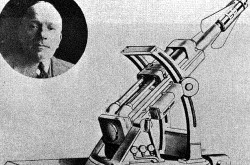
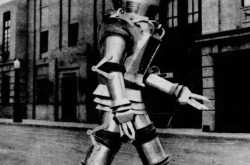

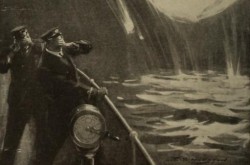
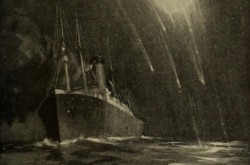
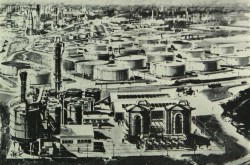
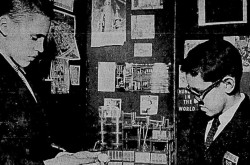
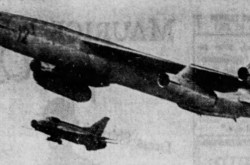
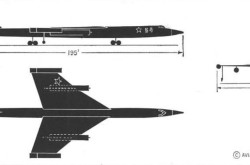
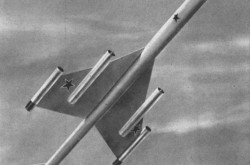
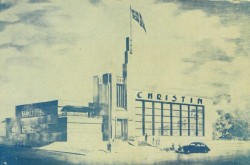


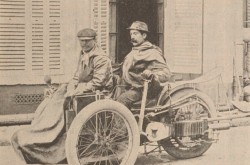
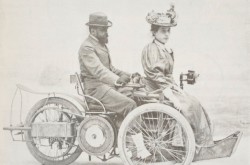
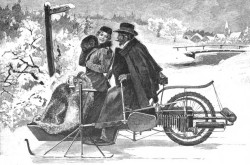

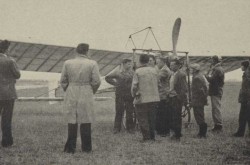
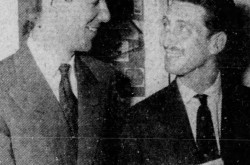

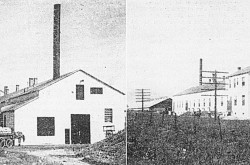
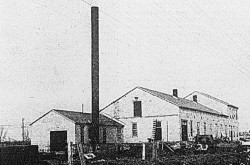
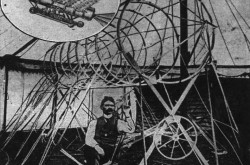
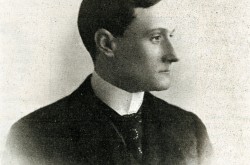
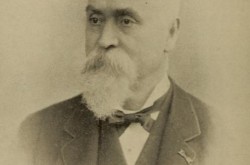
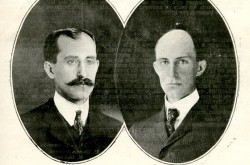
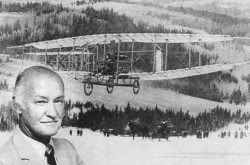
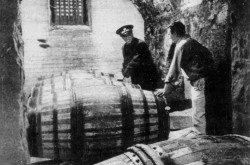
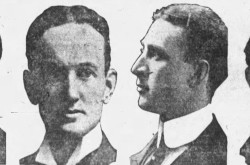
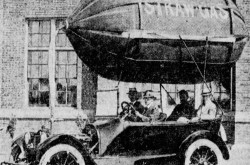
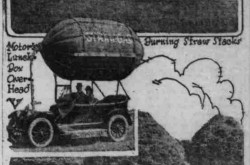
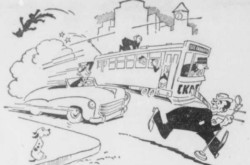
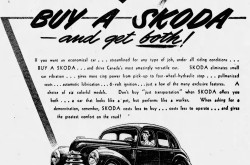
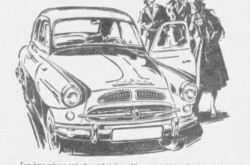
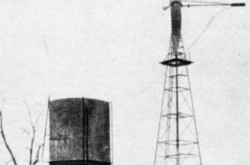
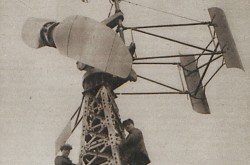
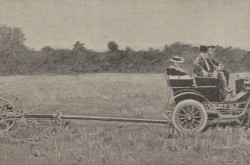
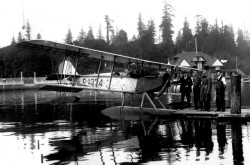
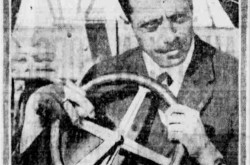
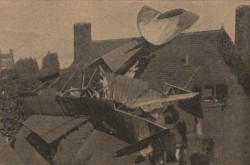
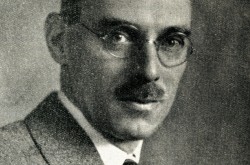




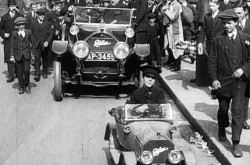

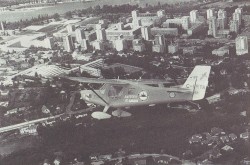
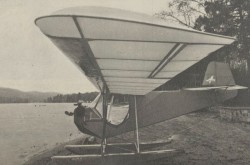
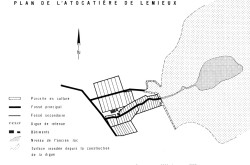



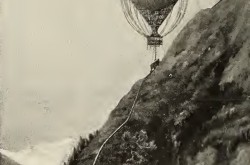
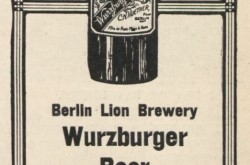

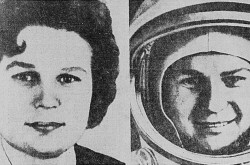
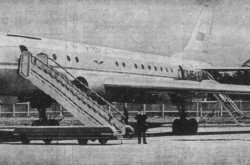
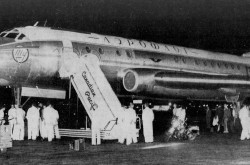
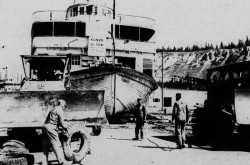
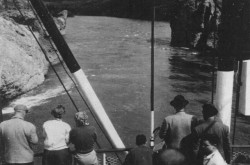
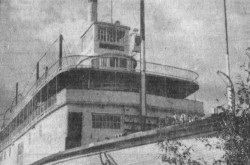
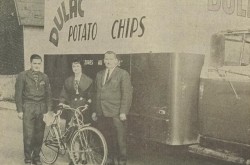

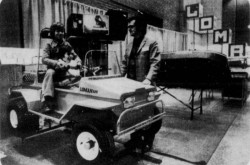
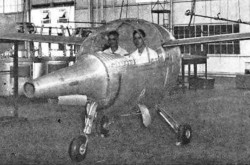
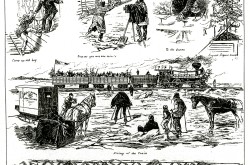
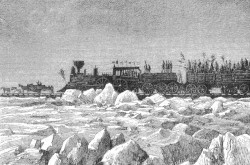

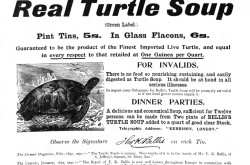


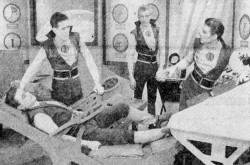
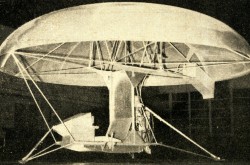
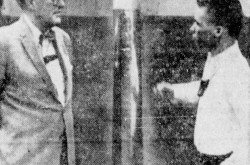
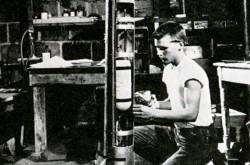

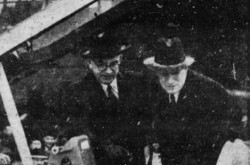
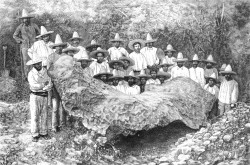
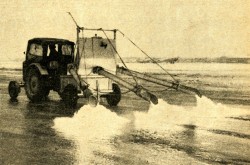
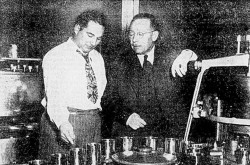
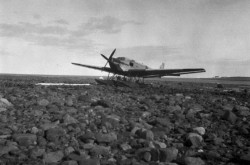
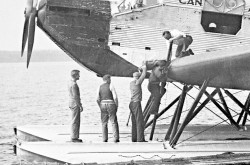
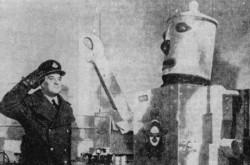
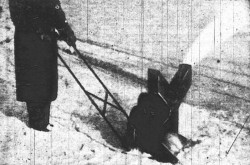
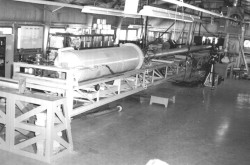
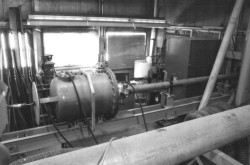
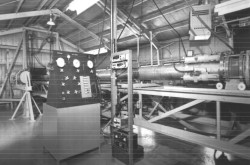



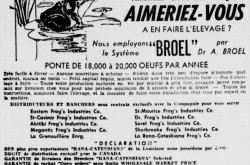

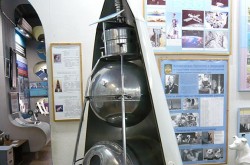
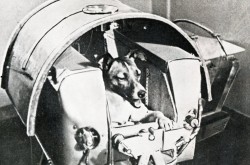
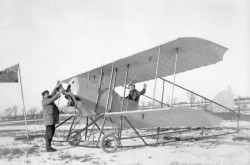
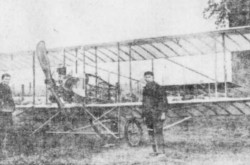
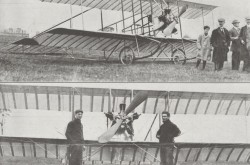
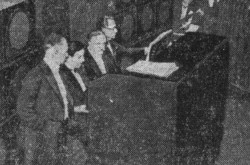

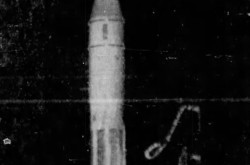
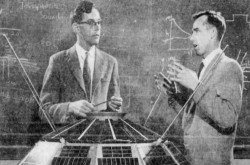
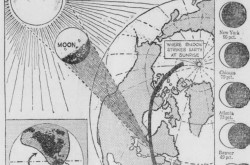
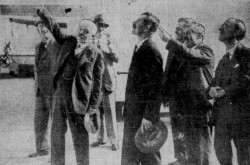
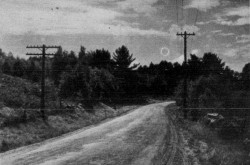

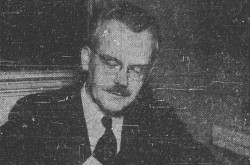
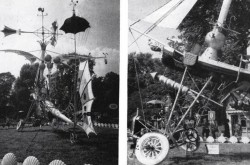

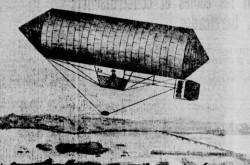
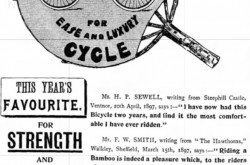
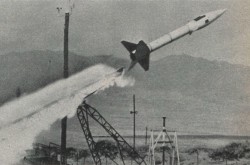


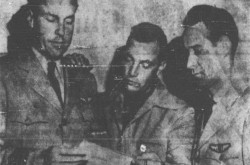
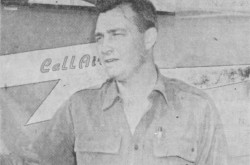
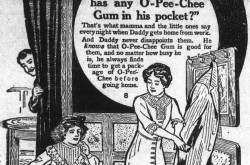
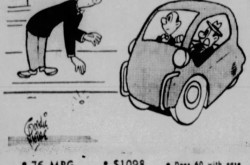
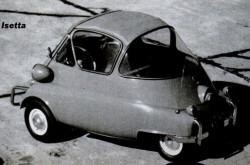

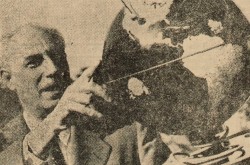
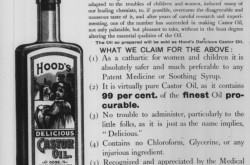
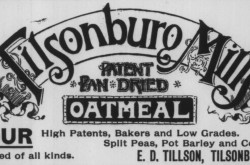
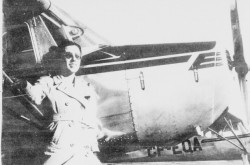



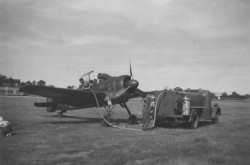
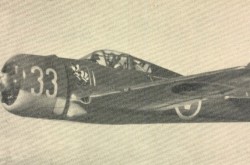
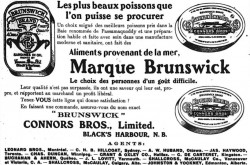
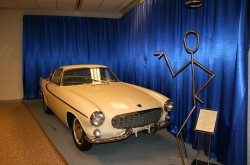
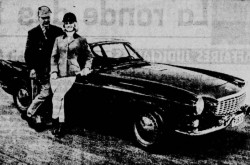
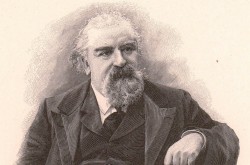
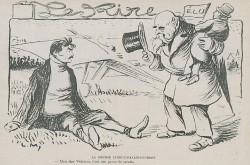
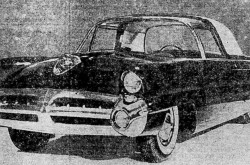
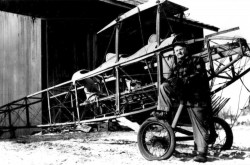



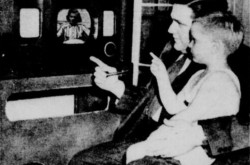


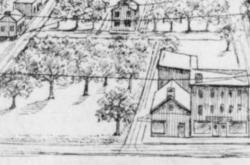
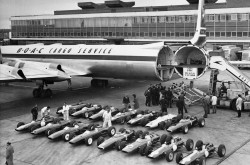
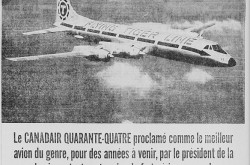
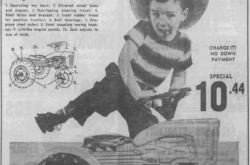
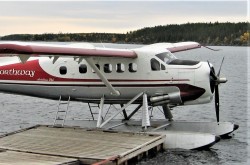
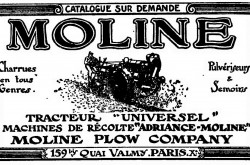
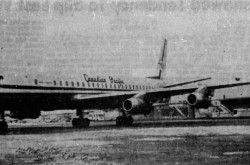
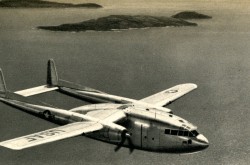
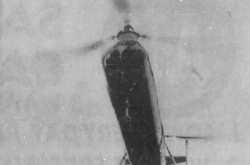
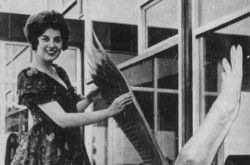
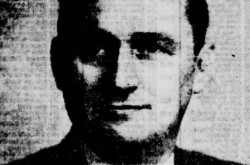
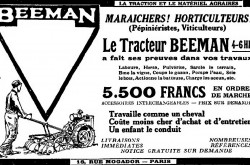
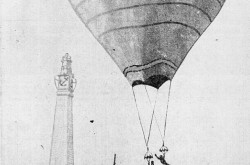
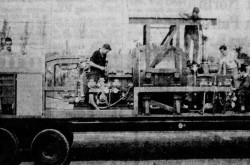
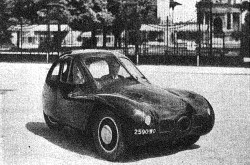
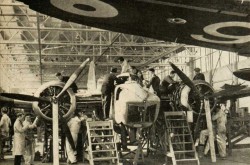

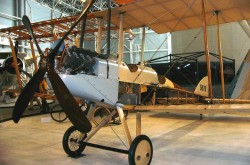
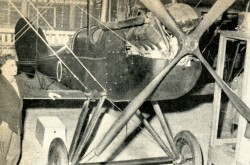
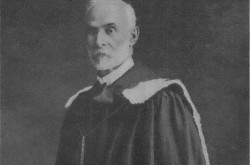
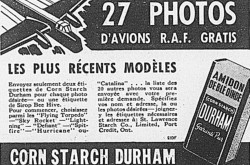
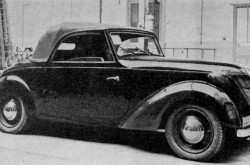
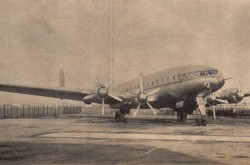
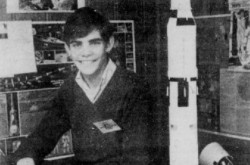

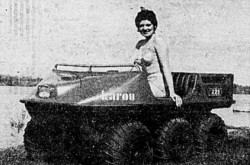

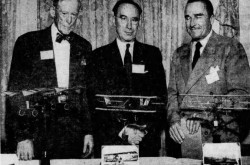

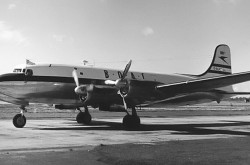
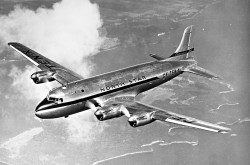
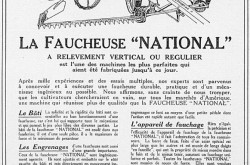
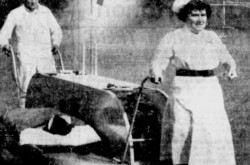

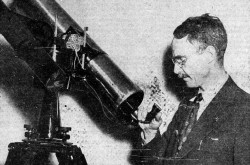
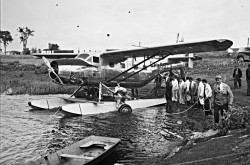
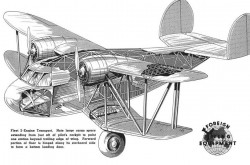
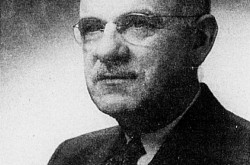
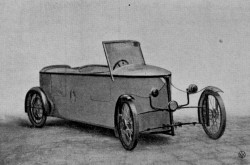
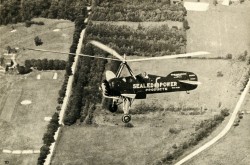
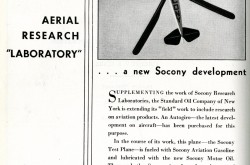
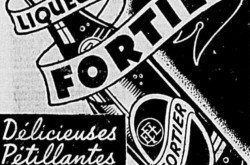
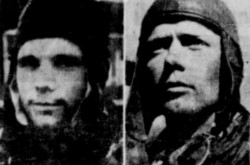

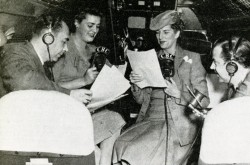
![Peter Müller at the controls [sic] of the Pedroplan, Berlin, Germany, March 1931. Anon., “Cologne contre Marseille – Le mystère du ‘Pédroplan.’ [sic]” Les Ailes, 2 April 1931, 14.](/sites/default/files/styles/thumbnail_7/public/2021-04/Les%20Ailes%202%20avril%201931%20version%20big.jpg?h=eafd0ed4&itok=WnBZ5gMf)
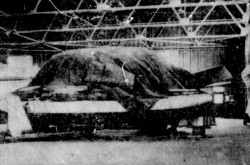
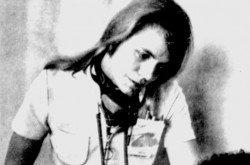
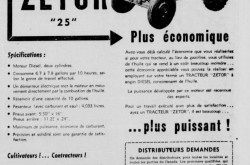
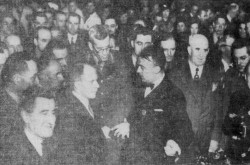
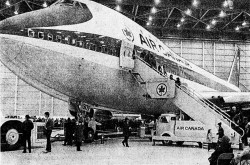
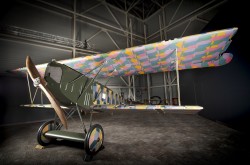
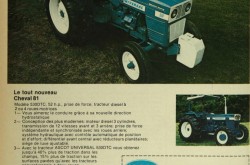

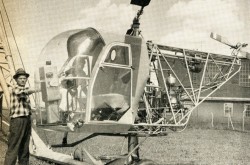
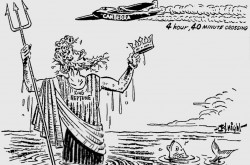
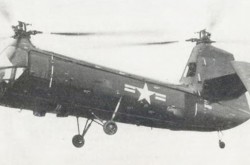
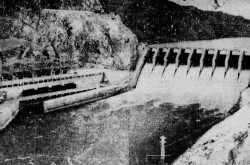
![One of the first de Havilland Canada Chipmunk imported to the United Kingdom. Anon., “De Havilland [Canada] DHC-1 ‘Chipmunk.’” Aviation Magazine, 1 January 1951, cover.](/sites/default/files/styles/thumbnail_7/public/2021-01/Aviation%20magazine%201er%20janvier%201951%20version%202.jpg?h=2f876e0f&itok=DM4JHe5C)
